In World War Two, the average age of a combat soldier was twenty-six. In the Falklands, it was twenty-three. For Ukrainian soldiers, it’s forty-three. The war in Ukraine has been, so far, fought mostly by fathers so their sons and daughters can rebuild the country when the fighting ends. But resisting Russia has cost so much and has continued for so long that the Ukrainian army is depleted. What to do next is a question that’s not just dividing the country but its two foremost leaders: President Volodymyr Zelensky and Valery Zaluzhny, the head of the military.
The gap between those who are fighting and those who aren’t is wider than ever
Ukraine’s 600-mile front line is being defended by 880,000 soldiers, according to Zelensky. Most of them have had no rest from fighting since the start of the full-scale war two years ago. Zaluzhny, Ukraine’s iron general, who played a key role in repelling Russian attacks and reclaiming around half of the territory initially seized, wants to recruit up to half a million more men. Building up reserves will allow the military to replace those exhausted by fighting, injured and dead. Russia plans to conscript 400,000 more soldiers; Ukraine needs to respond to this challenge. Zelensky, however, has not only refused Zaluzhny’s proposal but intends to remove the general from his post, saying a “reboot” of the Ukrainian government and military command is required.
Zelensky’s objection is partly on the basis that 500,000 new conscripts would come with a hefty price: at least $12 billion for training, pay, clothing, food and equipment. That’s about a quarter of Ukraine’s government spending for this year and almost half the military budget. Western aid cannot be used to pay soldiers, and given Ukraine’s deficit, Zelensky has said the recruitment drive is unaffordable. “It takes six civilians paying taxes to provide for one soldier,” he said recently, urging the 6 million Ukrainians living abroad to return home and pay taxes to provide for those already fighting.
While Zelensky’s logic makes sense at a time of wavering western support, delaying mass conscription puts an even heavier strain on the existing forces. Last week, Russian forces in Donetsk Oblast entered the city of Avdiivka, which they have been trying to capture for a decade. They are now only a few hundred feet away from the main supply route of the Ukrainian defenders. The Russian breakthrough can only be prevented if Ukraine deploys infantry reserves with experience in fighting in urban areas.
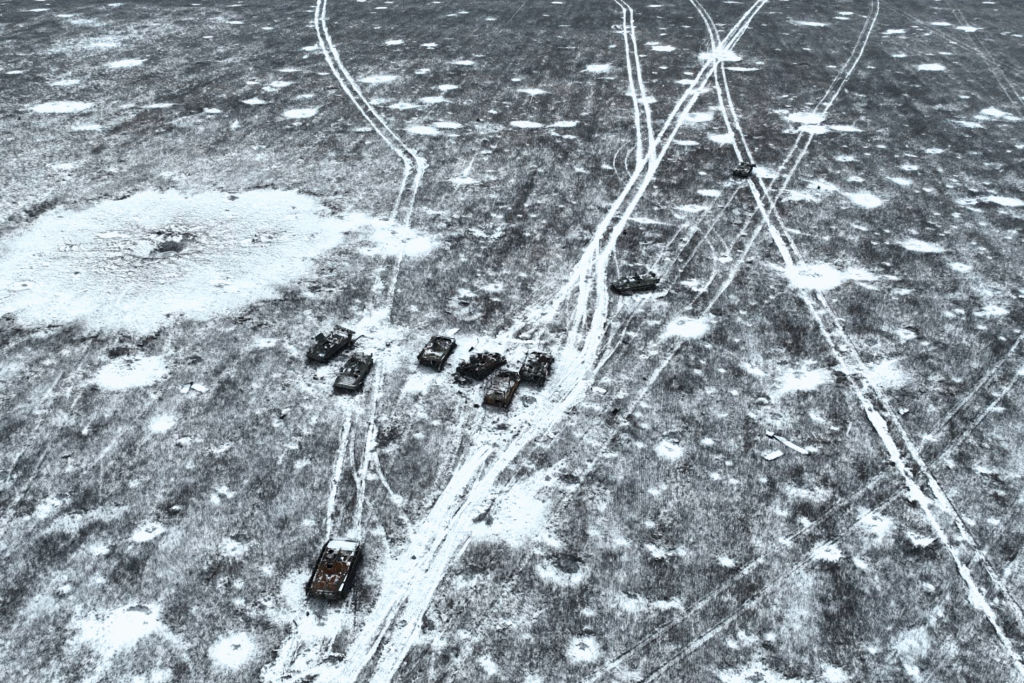
The fate of Kupyansk, a city in the Kharkiv region, also hangs in the balance. Russia is said to have assembled 40,000 troops, 500 tanks and more than 600 fighting vehicles for an assault. Just 20,000 Ukrainian troops will defend the city. The case for reinforcements is clear, given Moscow’s ambitions to seize the entire Donetsk and Luhansk Oblasts and a part of Kharkiv Oblast up to the Oskil river, all in time for Putin’s re-election next month.
While Zelensky may not accede to Zaluzhny’s demand for 500,000, he does agree that boosting conscription is inevitable. “You either work or you fight,” he said in his New Year speech. More Ukrainians will be called up, but how many, and from which demographic, is a subject of intense debate. Zelensky has shied away from discussing it.
Some opposition party figures have resorted to populist tactics, advocating for the conscription of “Members of Parliament and oligarchs’ children first.” Others have proposed a more generous enlistment policy: doubling salaries for conscripts, for example, or giving them free apartments when they are discharged. It’s a fantasy, of course: the money doesn’t exist.
A seventy-two-page draft conscription law was meant to have been passed last month, but the parliament was afraid to vote it through because of a public backlash. Last week, MPs were handed a new version of the bill with minimal changes, and there appears to be no option to avoid voting for it this month.
Under the new law, the minimum conscription age will be lowered to twenty-five, from twenty-seven. Summonses will be sent online and distributed in person. All new recruits will be trained for two to three months, while those aged eighteen to twenty-four will be obliged to undergo five months of military training. The minimum salary is set at 20,000 hryvnias per month ($530), a figure that can go up to 120,000 hryvnias ($3,200) depending on where soldiers are posted and at what level.
The topic of mass mobilization has led to a rapid decline in public confidence across all government institutions — the parliament, the president’s office, and the defense ministry. No one wants to be the proponent of conscription and so a blame game has started in Kyiv. MPs from Zelensky’s Servant of the People Party have been instructed to direct questions to the military: let the generals face the backlash. The president had been expected to host the press conference announcing the new mobilization rules and to field the difficult questions. In his place was Zaluzhny, holding his first-ever press conference.
Zaluzhny, whose approval rating is far higher than Zelensky’s, said it was not his job to decide who was drafted. “We are an army,” he said. “Our focus should be on fighting, not interfering in the lives of civilians.” The politicians behind the policy were nowhere to be seen. The public sees the news from the front and knows that the choice is between conscription or Russian occupation, but that doesn’t make it easier. The gap in Ukraine between those who are fighting and those who aren’t is wider than ever. The soldiers can’t understand why it should be only their war, and why the reinforcements that are desperately needed aren’t arriving in greater numbers. Civilians were hoping the war could be fought without them, which partly explains their adulation of the soldiers.
“I have been on the front line for a year and already feel extremely exhausted,” says Fedir Rudyy, a soldier in the 72nd brigade that is defending Vuhledar in Donetsk region. “It’s even more difficult for my brothers who have been here for two years… this reduces both fighting ability and morale. When there is no one to replace you, it becomes almost impossible to go on leave.”
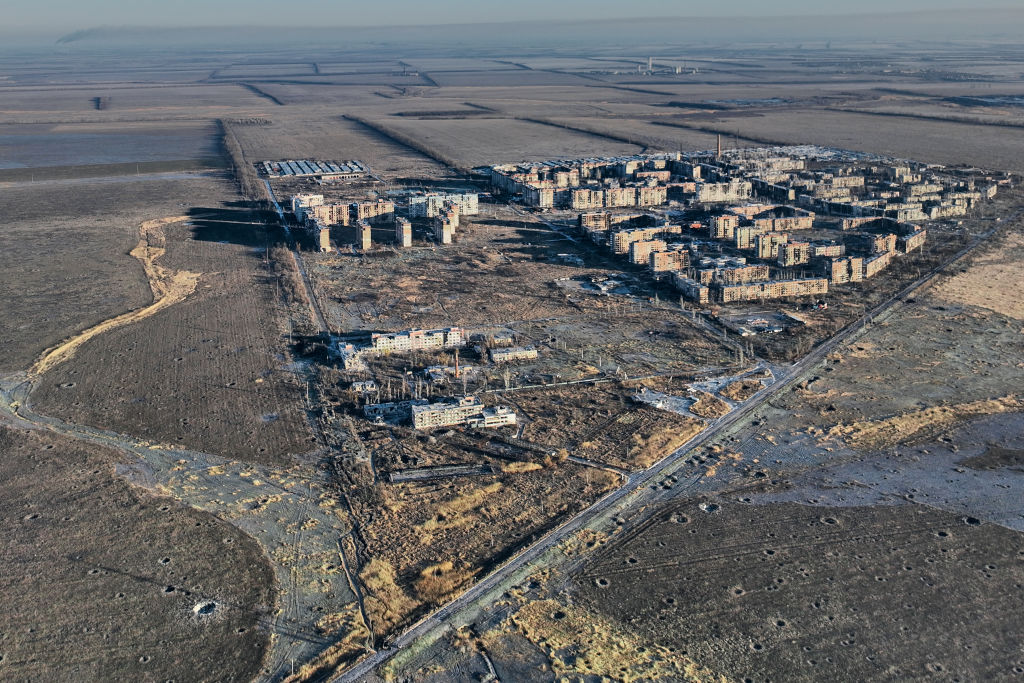
Joining the army was seen as a one-way ticket: those in uniform would stay until they were injured or dead. Fearing the draft, at least 25,000 fighting-age men have fled Ukraine. More than 18,000 have been caught trying to cross the border. It’s a vicious circle: the tougher it gets on the front line, the more civilians want to avoid it, so the worse the manpower shortages become.
The new enlistment rules promise that soldiers who serve thirty-six months can go home and be immune from enlistment for two years. However, Zaluzhny has said this would be possible only if Ukraine prepared a sufficient number of trained reserves and there were no escalation on the battlefield. Enlisting soldiers would also be easier if people could see that the injured were well looked after, but this is not the case. One poll showed three-quarters of soldiers worry about being abandoned by the state if they were injured or once the war is over. They fear they will be unable to find a job in the future. “To mobilize more people, you need to show that those who have done their duty live a post-army life with a clear conscience, benefits, opportunities, social security and respect,” says Sergeant Borys Khmilevskyi, an instructor in tactical medicine.
Those who dodge the draft can expect harsh penalties, such as losing the right to travel outside Ukraine or drive a vehicle, the confiscation of assets and even imprisonment. Some military men are talking about the need for further “tough mobilization” tactics. Anatolii Stuzhenko, commander of the 118th brigade, went so far as to suggest that those who avoid service should be “shot in the knee” and need to know they will rounded up by Russians if the war is lost. “If we fall, all these couch potatoes will be swept into a pile.” His words reflect the desperation soldiers feel while Ukrainian politicians fret about the unpopular draft law.
In what will probably be his last essay as the army chief, Zaluzhny wrote that it was time to accept that western sanctions against Russia have failed. Moscow’s ability to “mobilize human resources,” he said, contrasts with “the inability of state institutions in Ukraine to improve the manpower levels of our armed forces without the use of unpopular measures.” Ukraine’s only means of gaining an advantage over Russia is to change the rules of the war by using technology and DIY drones, to “master the entire arsenal of relatively cheap, modern and extremely effective assets that are rapidly developing.” He thinks this must be a homegrown industry, mindful that allies’ resolve may weaken and supplies may dry up.
Zelensky may not have appreciated being given this advice in public, but it was a salutary reminder for him. As commander-in-chief, he will bear the responsibility for how this war ends. While General Zaluzhny will be regarded as a national hero for the rest of his life, the president’s legacy will be determined by what is left of Ukraine.
This article was originally published in The Spectator’s UK magazine. Subscribe to the World edition here.



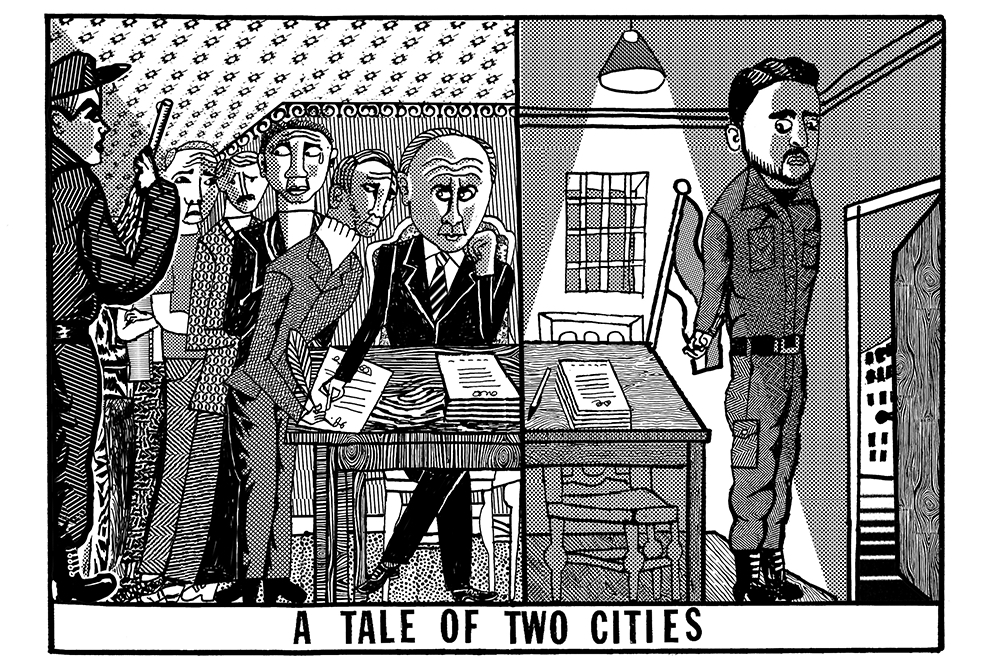









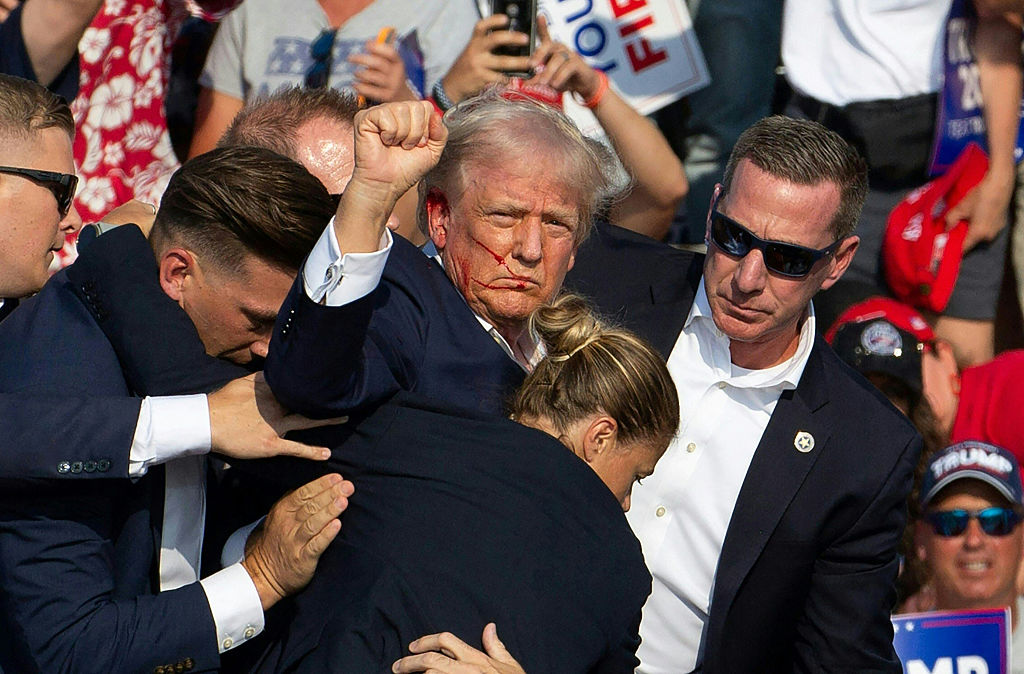
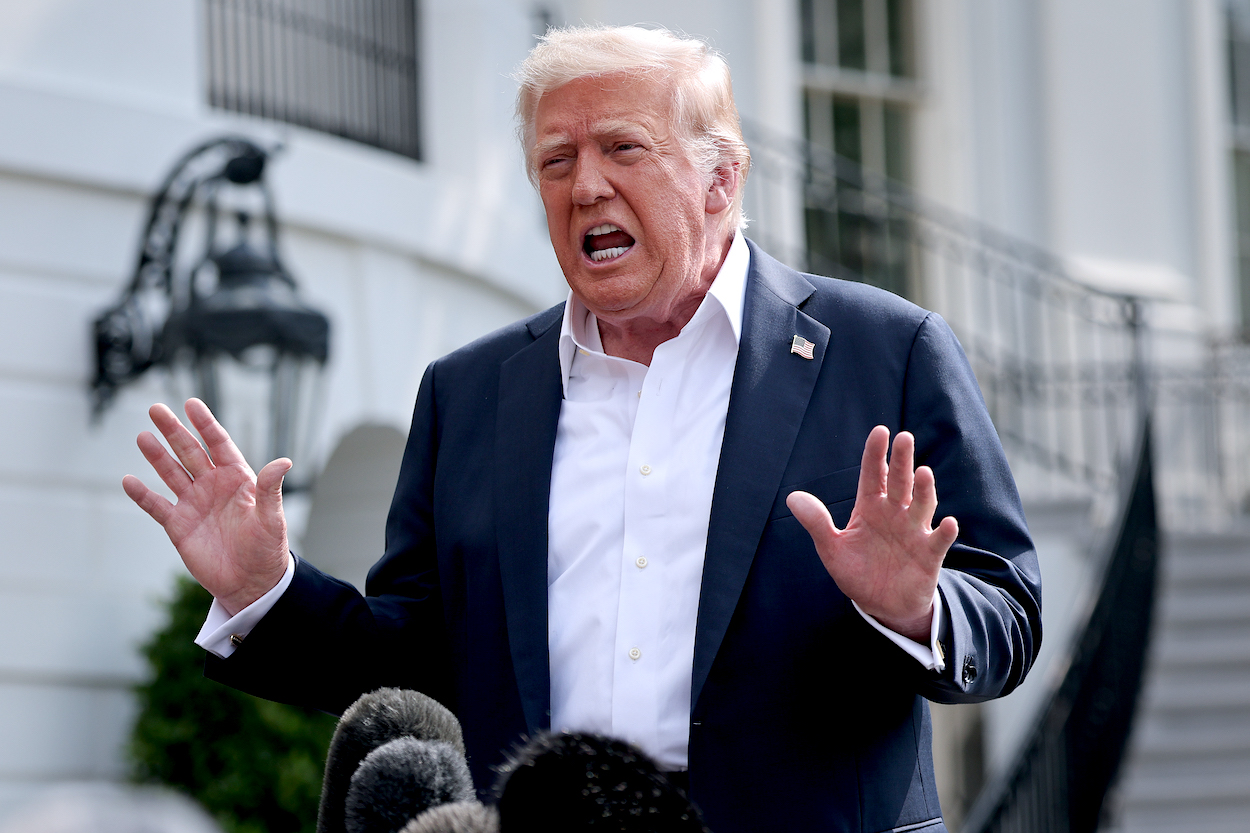
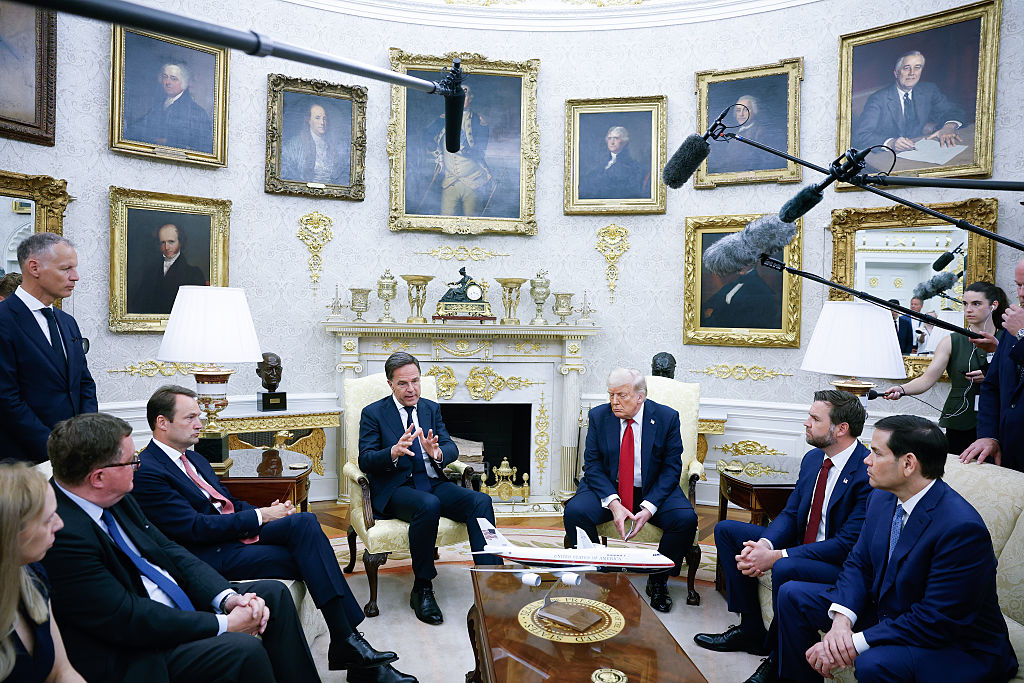
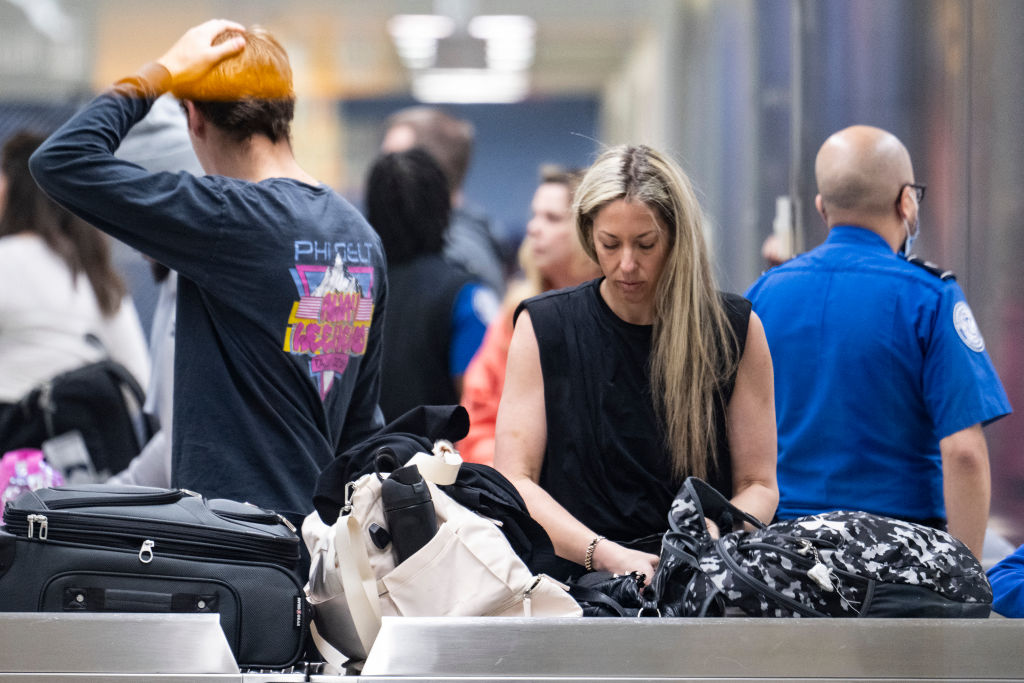
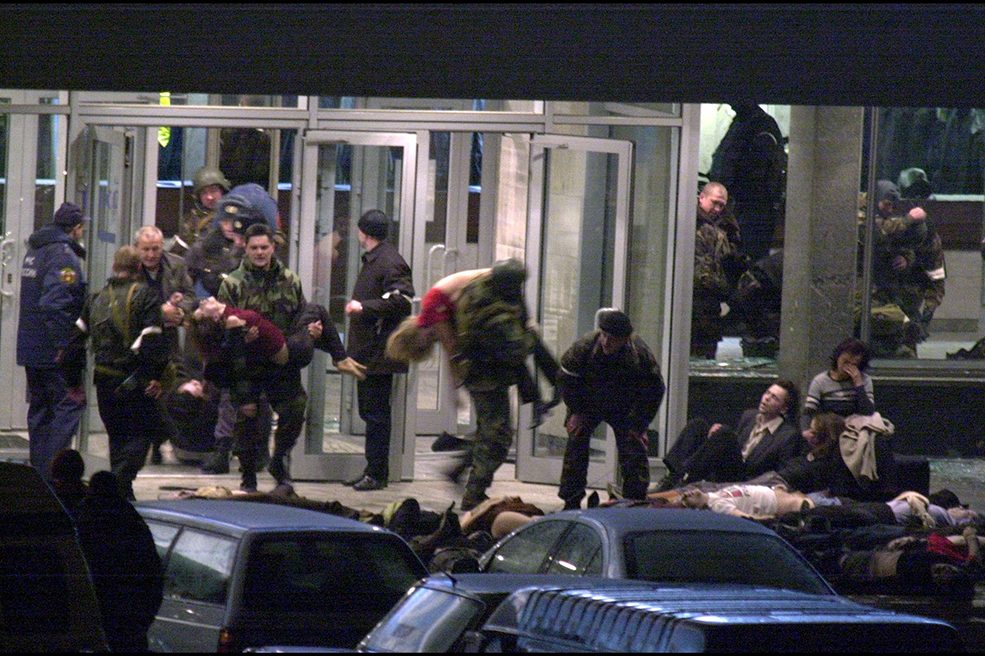








Leave a Reply